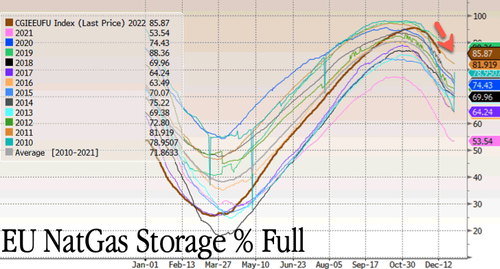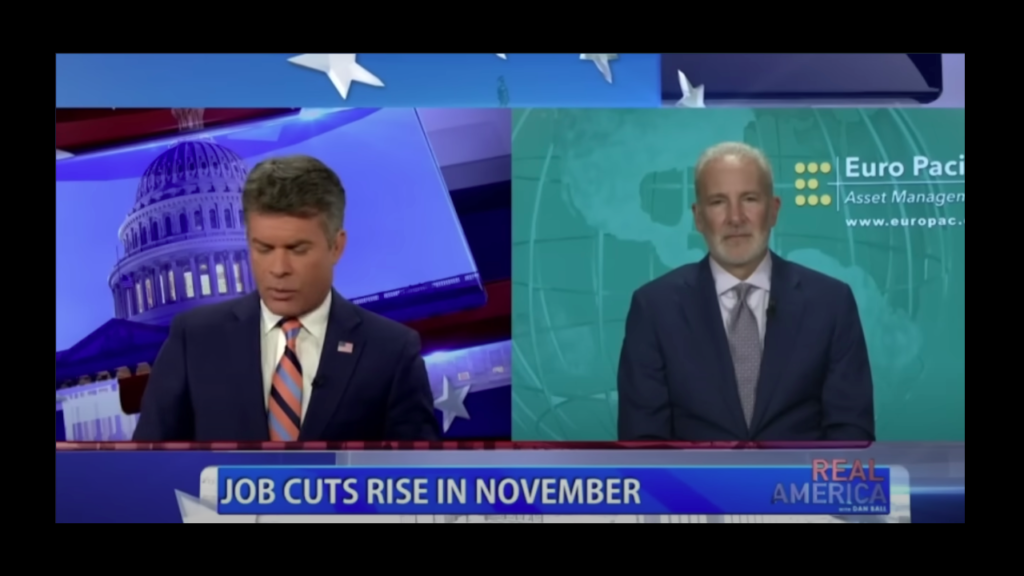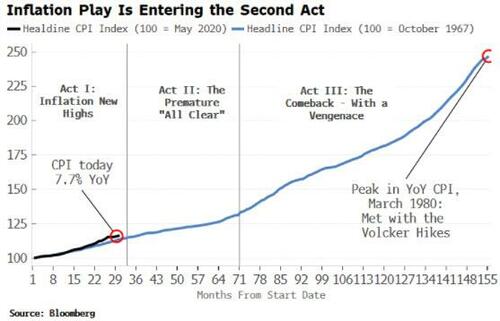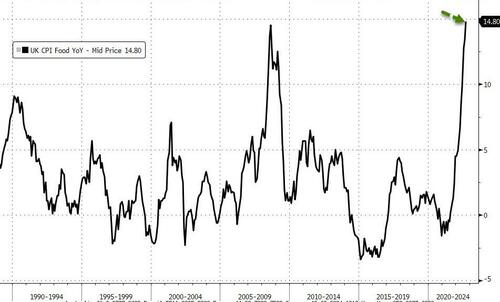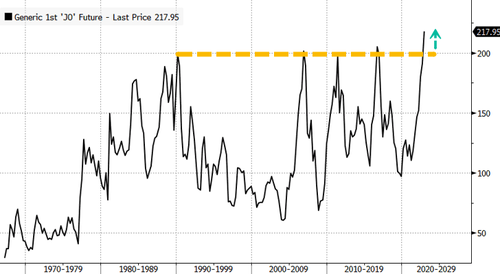The Real Goal of Fed Policy: Breaking Inflation, the Middle Class or the Bubble Economy?
“There is no sense that inflation is coming down,” said Federal Reserve Chairman Jerome Powell at a November 2 press conference, — this despite eight months of aggressive interest rate hikes and “quantitative tightening.” On November 30, the stock market rallied when he said smaller interest rate increases are likely ahead and could start in December. But rates will still be increased, not cut. “By any standard, inflation remains much too high,” Powell said. “We will stay the course until the job is done.”
The Fed is doubling down on what appears to be a failed policy, driving the economy to the brink of recession without bringing prices down appreciably. Inflation results from “too much money chasing too few goods,” and the Fed has control over only the money – the “demand” side of the equation. Energy and food are the key inflation drivers, and they are on the supply side. As noted by Bloomberg columnist Ramesh Ponnuru in the Washington Post in March:
Fixing supply chains is of course beyond any central bank’s power. What the Fed can do is reduce spending levels, which would in turn exert downward pressure on prices. But this would be a mistaken response to shortages. It would answer a scarcity of goods by bringing about a scarcity of money. The effect would be to compound the hit to living standards that supply shocks already caused.
So why is the Fed forging ahead? Some pundits think Chairman Powell has something else up his sleeve.
The Problem with “Demand Destruction”
…click on the above link to read the rest…



